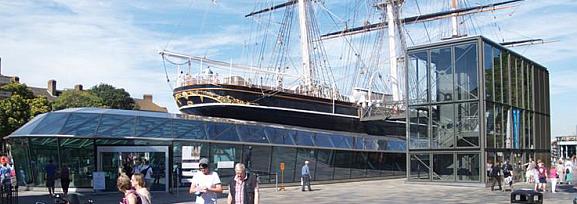 In April, we posted about a scathing review of the Cutty Sark restoration by Andrew Gilligan, the Telegraph‘s London Editor. He referred to the restoration as “a clucking, Grade A … turkey.” I have not seen the ship but I share many of Gilligan’s concerns. (I will be visiting the composite clipper ship in a few weeks when I attend the Historical Novel Society Conference in London, so I will have the opportunity to see for myself.) Mr. Gilligan is not alone in his dislike of the Cutty Sark restoration. The British architectural trade journal, Building Design, has announced that the restoration of the historic tea clipper is the 2012 winner of the Carbuncle Cup for the worst new building design in Britain.
In April, we posted about a scathing review of the Cutty Sark restoration by Andrew Gilligan, the Telegraph‘s London Editor. He referred to the restoration as “a clucking, Grade A … turkey.” I have not seen the ship but I share many of Gilligan’s concerns. (I will be visiting the composite clipper ship in a few weeks when I attend the Historical Novel Society Conference in London, so I will have the opportunity to see for myself.) Mr. Gilligan is not alone in his dislike of the Cutty Sark restoration. The British architectural trade journal, Building Design, has announced that the restoration of the historic tea clipper is the 2012 winner of the Carbuncle Cup for the worst new building design in Britain.
Carbuncle Cup winner 2012: Ship in a throttle
Grimshaw’s disastrously conceived restoration of the Cutty Sark is winner of this year’s BD Carbuncle Cup, tragically defiling the very thing it sets out to save.

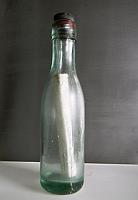 Last year around this time, we posted about
Last year around this time, we posted about 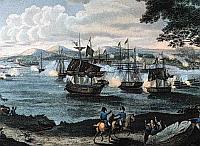
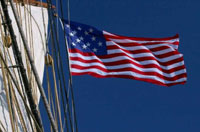 The best known naval battles of the War of 1812 were single ship duels between US Navy frigates and ships of the Royal Navy. Nevertheless, the two most important American naval victories of the War of 1812 were fought in fresh water, hundreds of miles from the ocean. Neither involved large fleets of ships, yet each was critical to the outcome of the war.
The best known naval battles of the War of 1812 were single ship duels between US Navy frigates and ships of the Royal Navy. Nevertheless, the two most important American naval victories of the War of 1812 were fought in fresh water, hundreds of miles from the ocean. Neither involved large fleets of ships, yet each was critical to the outcome of the war.
 Good news. On Friday, we posted that
Good news. On Friday, we posted that 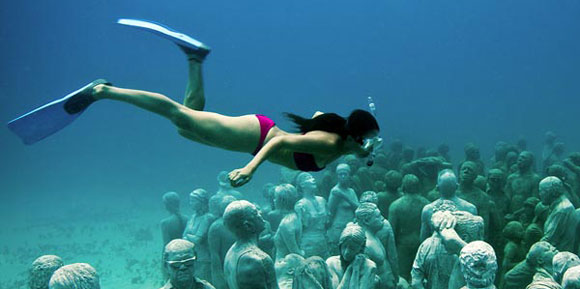 Snorkelers and divers swimming south of Isla Mujeres and off Punta Nizuc off Cancun will now find themselves in a monumental underwater sculpture garden of life-sized human statues rising up from the sandy bottom in crystal tropical clear waters. The 450 sculptures are the work of British artist
Snorkelers and divers swimming south of Isla Mujeres and off Punta Nizuc off Cancun will now find themselves in a monumental underwater sculpture garden of life-sized human statues rising up from the sandy bottom in crystal tropical clear waters. The 450 sculptures are the work of British artist 

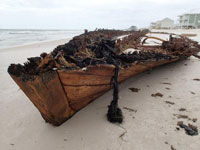
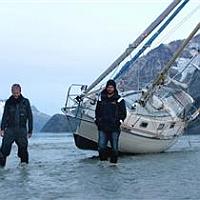

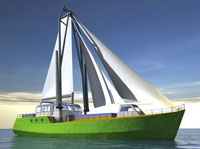 The
The 